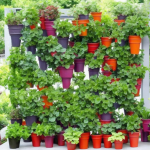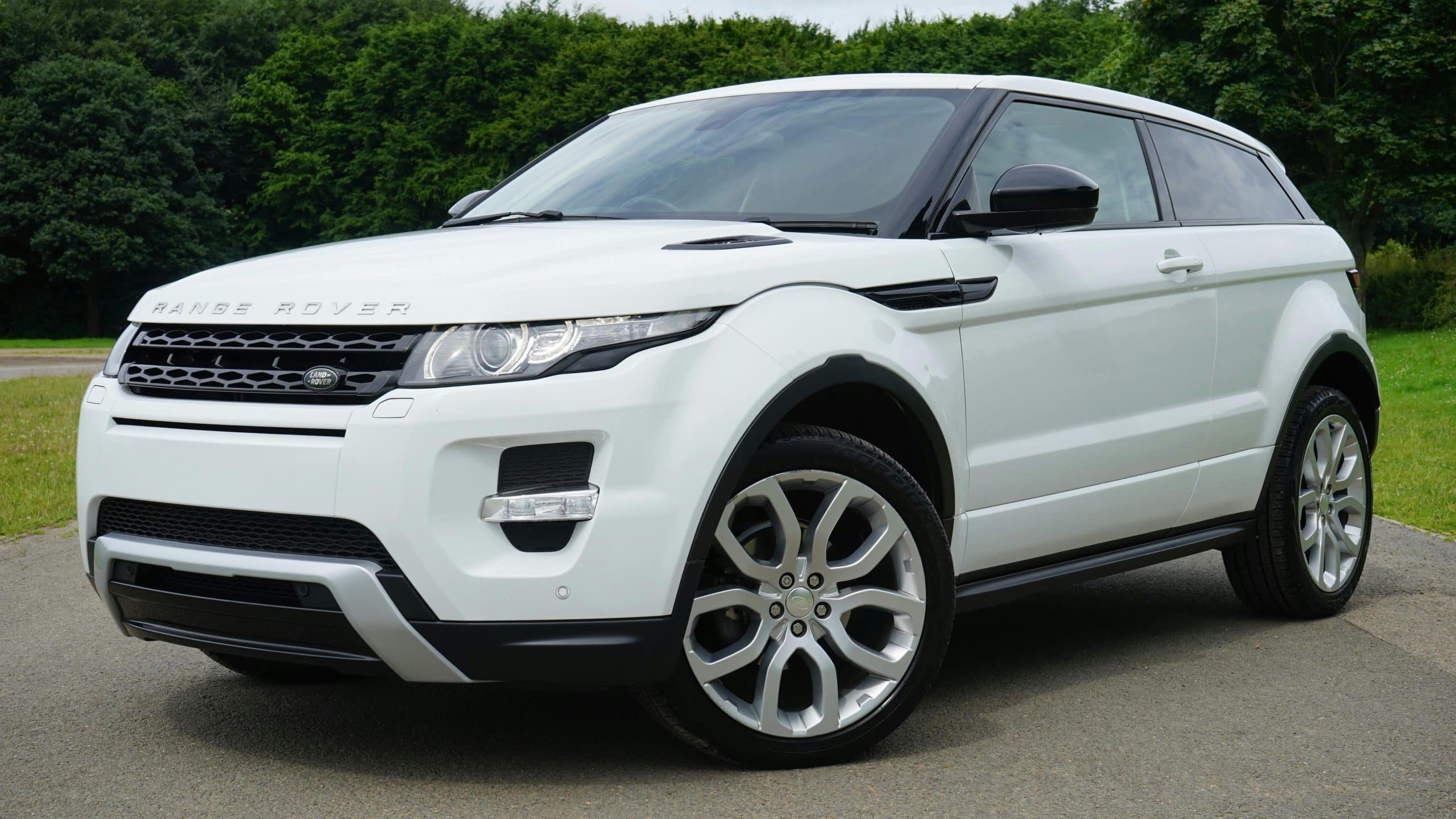Undoubtedly, the allure of classic cars is not merely about their stunning aesthetics or the nostalgia they inspire. Their appeal also lies in the unique driving experience they offer, something that modern cars, with their sophisticated technology, often lack. However, the charm of classic cars often comes with a trade-off: reliability. Old vehicles, particularly those that have not undergone restoration, are prone to mechanical failures compared to their modern counterparts.
So, the question arises – how can you enhance your classic car’s reliability without losing its charm? This article delves into this subject, offering tips on preserving a vintage vehicle’s appeal without compromising its performance.
Also to discover : How to Safely and Efficiently Manage a Car Overheating Situation While on the Road?
The Importance of Regular Maintenance
Maintenance is an essential aspect of car ownership, regardless of whether your vehicle is an antique classic or a modern machine. It becomes even more critical for classic cars, as years of use (or non-use) can take a toll on the vehicle’s various components.
The first thing to ensure is that your vintage car is still safe to drive. This involves checking the tires, brakes, engine, suspension, and steering systems, among others. Regular oil changes are also imperative. These simple tasks can significantly improve your vehicle’s reliability.
Topic to read : Can Installing a Dash Cam Lower Your Car Insurance Rates?
While performing these maintenance routines, remember to use parts that are appropriate for your classic car. Using modern parts might enhance the car’s performance, but it could also potentially alter its characteristics, thus diluting the charm that makes it classic.
Incorporating Modern Technology
Incorporating modern technology into your classic car is a delicate balancing act. You want your car to retain its vintage charm, yet you also need it to be reliable for regular driving. Fortunately, modern automotive advancements offer subtle ways to improve a classic car’s dependability without detracting from its original allure.
For instance, consider updating the vehicle’s electrical system. Many classic cars run on a six-volt electrical system, which is not as effective as the 12-volt system found in modern cars. Upgrading to a 12-volt system can enhance your vehicle’s electrical reliability, making it less likely to experience problems with the lights, radio, or other electrically-powered components.
Similarly, consider incorporating an electronic ignition system rather than the traditional points and condenser system. Electronic systems are more reliable and require less maintenance while not visibly altering your car’s appearance or driving experience.
Professional Restoration
Restoration plays a fundamental role in enhancing a classic car’s reliability. Over the years, rust, wear, and tear can lead to significant issues that may affect your driving experience, and potentially your safety. Professional restorations can breathe new life into your car, replacing worn-out components and ensuring that the vehicle is in top-notch condition.
However, restoration should be approached with care. Ideally, you should aim to restore the car to its original condition, retaining the features and components that make it unique. Over-restoring or making unnecessary modifications can result in your classic car losing its vintage charm and originality.
The Role of Electric Conversions
In recent years, electric conversions have become a popular choice for vintage car enthusiasts seeking to enhance their vehicle’s reliability. The process involves replacing the car’s internal combustion engine with an electric motor and batteries.
This conversion can significantly improve the reliability and ease of use of your classic car, eliminating many of the issues associated with older engines. However, it is worth noting that this is a drastic transformation, and while it may improve reliability, it fundamentally changes the driving experience and feel of the vehicle.
Driving and Storing Your Classic Car Correctly
Finally, simply driving and storing your classic car correctly can go a long way toward preserving its reliability. Many problems experienced by classic cars can be attributed to them not being used regularly or being stored improperly.
A car that is driven regularly is less likely to develop problems compared to one that sits unused. Regular driving helps to keep the car’s fluids circulating and its parts lubricated, preventing corrosion and wear.
Similarly, proper storage is essential. Cars that are stored in damp or cold conditions can develop corrosion and other damage. Ideally, your classic car should be stored in a dry, temperature-controlled environment to ensure its longevity.
In conclusion, enhancing a classic car’s reliability while preserving its charm is a delicate balance. It often requires a mix of regular maintenance, subtle modern upgrades, professional restoration, and correct driving and storage habits. With these methods combined, your classic car will continue to turn heads on the road for many more years to come.
Preserving Automotive History and Heritage
Our love for classic cars often stems from their historical significance and the stories they tell about the automotive history. But preserving this automotive history while still keeping your classic car roadworthy and reliable can be challenging.
A primary concern here is ensuring that your classic car still has the original parts that make it unique. As mentioned earlier, using modern parts could potentially alter its characteristics, thus taking away some of its vintage charm. Therefore, when performing maintenance routines or when problems arise, it’s important to source original parts if possible or good quality reproductions. This will retain your car’s individuality and historical authenticity.
There’s also an emotional connection that classic car enthusiasts have with their vehicles, that goes beyond just the driving experience. Part of the charm of owning classic cars is the hands-on experience of maintaining and caring for them. Therefore, learning about the mechanics of your car, and being involved in its maintenance, can enhance your connection with it while also improving its reliability.
Going back to the trade-off between charm and reliability, it’s important to remember that some of the allure of classic cars comes from their quirks and idiosyncrasies. While you want your car to be reliable, completely ironing out all its quirks might take away from the authentic classic car experience.
The Future of Classic Cars: Electric Conversions
Electric conversions are becoming increasingly popular among vintage car enthusiasts looking to reduce their carbon footprint while still enjoying their classic cars. With this process, the car’s internal combustion engine is replaced with an electric powertrain, thus making the car eco-friendly.
However, electric conversions come with their own set of considerations. While it may improve your classic car’s reliability, it fundamentally changes the driving experience. The roar of the engine, the vibration of the car, and even the smell of gasoline – all these sensory elements synonymous with classic cars are lost in an electric conversion.
Furthermore, electric conversions are a significant investment. Besides the initial cost of the conversion, you also have to factor in the ongoing costs of maintaining and charging the electric powertrain.
Lastly, the question of whether electric conversions preserve the historical significance of classic cars is subjective and differs from person to person. While some may argue that conversions are a way of future-proofing classic cars and keeping them relevant in an increasingly eco-conscious world, others believe that conversions take away from the car’s originality and antique charm.
Wrapping It Up
In conclusion, enhancing your classic car’s reliability is a delicate balancing act between maintaining its charm and making it a practical, usable vehicle. Whether it’s through regular maintenance, incorporating modern upgrades, professional restoration, or even electric conversions, each method comes with its own set of considerations.
Remember, owning classic cars is as much about the journey as it is about the destination. The joy comes from the process of maintaining and caring for your vehicle, the learning curve that comes with it, and the pride in preserving a piece of automotive history.
With the right approach, your classic car can continue to be a symbol of nostalgia and charm, while also being a reliable companion on the road. In the end, it’s all about finding that perfect blend of reliability and charm that suits your needs, preferences, and passion for classic cars.













